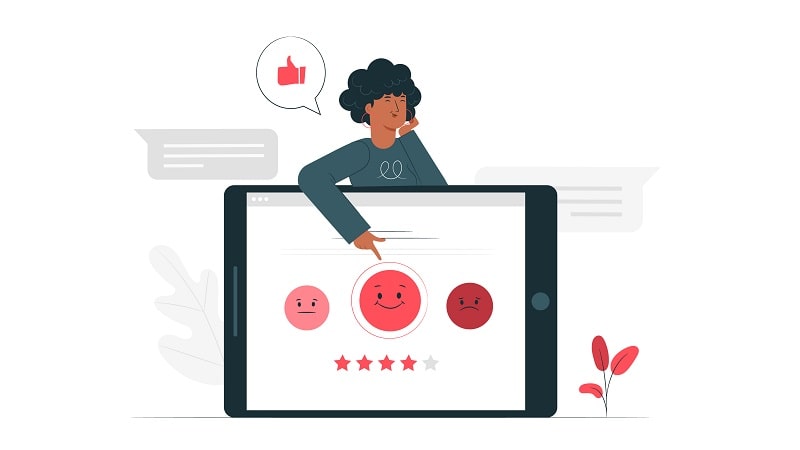You’ve spent countless hours (and huge amounts of money) coming up with a piece of custom software that is designed with almost a laser-focus on one particular audience. You’ve considered their needs and you understand what they’re trying to do, inside and out. You’ve delivered something that meets every benchmark you set out for yourself in the most literal sense… and adoption is still not anywhere close to where it should be.
It’s something that happens all too often in the world of mobile app development, but’s also one that comes with a surprisingly straightforward explanation. While you may have gone above and beyond to customize the solution itself… you failed to put that same attention-to-detail to work on customizing the user experience that solution offered.
The Importance of a Thoughtful User Experience
According to one recent study, about 90% of users who responded to a survey said that they stopped engaging with an app entirely due to issues related with poor performance. Note that this doesn’t mean the app didn’t work – in all likelihood, it did what it was supposed to. But it did so in a way that ultimately neglected the user experience, which is a big part of the reason why people embrace custom software in the first place.
Never forget that a big part of a quality user experience – perhaps the biggest part – comes down to how pleasing your app is to engage with. Experts agree that you can only create that strong UX that “arranges all of your information and interactions in a way that’s pleasing to people” by keeping that audience’s feelings in mind all throughout the development process.
To correct this issue and to customize that user experience, you need to keep a few key things in mind. First, you need to think like your potential users. Don’t just answer “what are they trying to do?” Give equal thought to “why do they want to do it?” and “how can I help them do it better than even they themselves realize is possible?”
Likewise, you need to test early and often, never forgetting that customized software is an iterative process that literally depends on user feedback. Do as much A/B testing as possible, all in the name of helping you better determine which of your user experience choices ultimately best help your users accomplish their goals. Have people show YOU how they’d complete a specific action. When you ask questions, don’t go for ones with “yes” or “no” answers. Have a genuine, honest discussion with your users. Yes, it’ll take a fair bit of additional effort beyond what you may desire, but the end result will be more than worth it in a variety of ways.
Overall, remember that a piece of customized software needs to do more than just “what you said it would do.” It also needs to do those things incredibly well, all in a way that supports and empowers the way people like to work.
If people need to change their workflow habits to make up for the limitations of an app, it’s only going to frustrate them and make them less likely to use it. It’ll also do nothing to bring about the productivity gains that custom software was supposed to generate in the first place.
But when an app operates like it was literally built for a specific set of users from the ground up, rest assured that those users can feel it, too. Not only does it make the overall experience more of a successful one, but it allows that tool to become a natural and organic part of their daily lives, too.
Contact us today to discuss custom software development for your company!
Designed by slidesgo / Freepik






